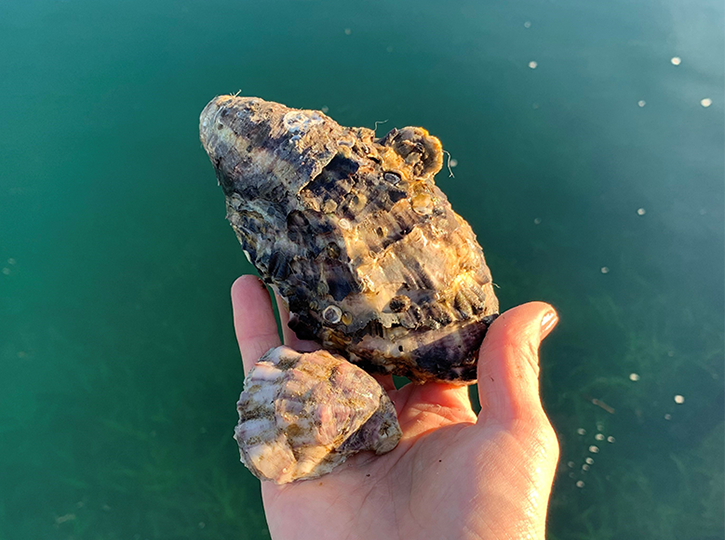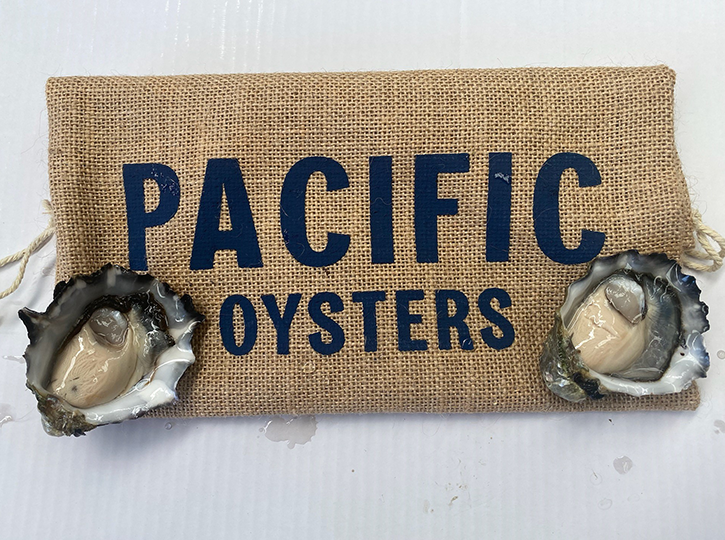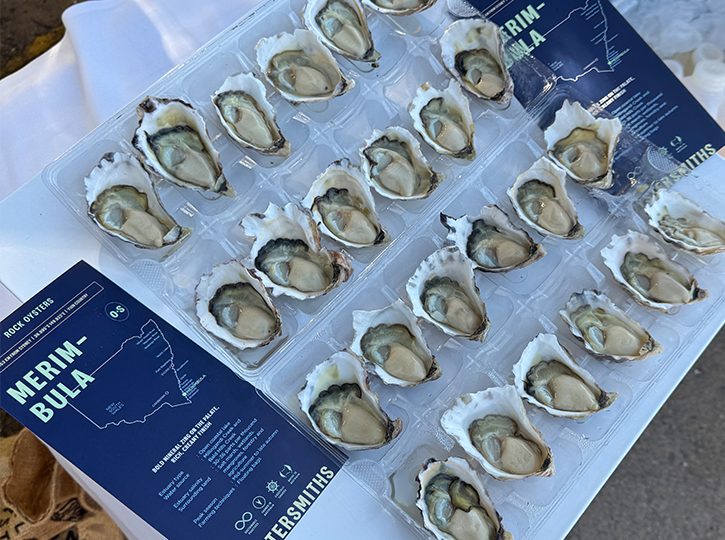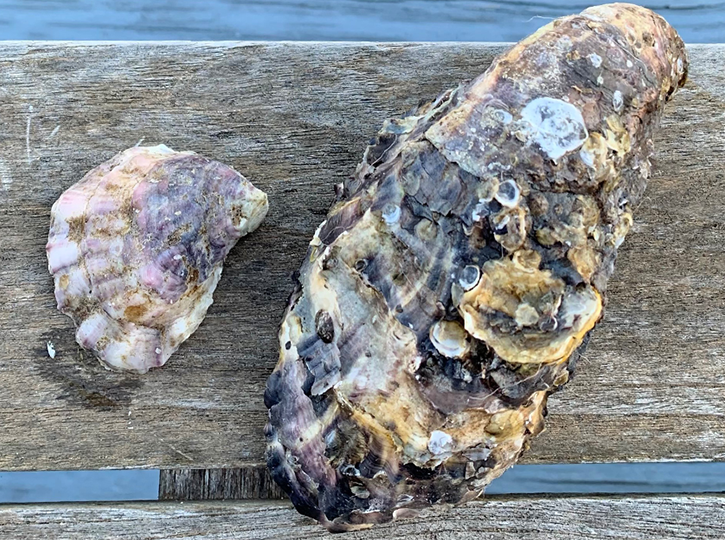Rock vs Pacific: What’s the Difference?

Rock vs Pacific: What’s the Difference?
Let’s be real: oysters are having a moment. And if you’ve ever wondered why some taste briny and bold while others are silky and savoury - you’re not alone.
At Oystersmiths, we farm ourselves and work with legendary oyster growers all around Australia to bring you the freshest, most flavour-packed oysters out there. But here’s the thing, not all oysters are the same. The two heavy hitters in Australia? Rock Oysters and Pacific Oysters. Here’s the lowdown.
The Species
Rock Oysters (Saccostrea glomerata) are the OG Aussie oyster. First Nations communities have been enjoying these native oysters for thousands of years. They grow slowly along the east coast and have deep roots (figuratively) in our estuarine ecosystems.
Pacific Oysters (Crassostrea gigas) are the fast and furious types. Pacific Oysters were deliberately introduced from Japan for aquaculture, with initial introductions to Western Australia and Tasmania in 1947, Victoria in 1953, and South Australia in 1969 - they were first farmed in SA in Coffin Bay. Today, they’re grown widely across southern and eastern Australia and have certainly made themselves at home as a major player in the country’s aquaculture industry.
Flavour & Vibe
Rock Oysters = salty-smooth, savoury, with a clean mineral finish. Think refined and subtle, like the oyster equivalent of a deep-cut vinyl.
Pacific Oysters = bold, briny and buttery. If Rock Oysters are a slow jam, Pacifics are your pop banger. Crowd-pleasers with a creamy texture and upfront flavour.
Size & Shell Game
Rock Oysters grow in gnarly, oval-shaped shells with strong hinges and deep cups. They’re tough little units, built for life in the tidal zone.
Pacific Oysters have fluted, fancy-looking shells and are usually bigger and plumper. Grown in deeper water, they’ve got that smooth shell aesthetic going on.
Grow Time
Rock Oysters are in no rush taking around 2.5 to 4 years to hit market size. But good things take time, right?
Pacific Oysters are fast growers, ready to slurp in 12 to 18 months. Perfect if you’re impatient (no judgment).
When Can You Get Them?
Good news: Rock and Pacific Oysters are available year-round. Thanks to smart, sustainable farming across NSW, Tassie, South Australia and beyond, there’s always something in season. We make sure what lands on your plate is peak quality, whatever the time of year.
How to Eat Them
Rock Oysters? Keep it simple with a squeeze of lemon, a dash of mignonette, maybe a glass of bubbles. Let its flavours do its thing.
Pacific Oysters? Go wild. Raw, grilled, kilpatrick, topped with chilli, fried shallots - they can handle it.
Wait, There’s a Third One?!
Yep, meet the Angasi Oyster (Ostrea angasi). Australia’s native flat oyster. It’s rich, earthy, and a bit like the Belon oysters of France. Rare, hard to farm, and only available in small batches. But, it’s in season now, and 100% worth tracking down.
We source ours from Merimbula and Wapengo in NSW, and from Tasmania. If you see Angasi on a menu or in a seafood store - jump on it.
Final Slurp
Whether you’re just dipping your toes into the oyster world or you’ve already got a favourite shucking knife, knowing your species helps you level up your oyster game.
At Oystersmiths, we farm our own oysters and work with some of the best growers across Australia (all legends in the game) to bring you oysters that are fresh, sustainable, and full of story.
From the unique Rock, to the bold Pacific, to the rare native Angasi, each oyster tells a story of place, people, and the water it comes from. So next time you're downing a dozen, remember: you're tasting more than just an oyster. You're tasting where it came from. And that, my friends, is called merroir, and is a blog article of its own coming out later this month!






